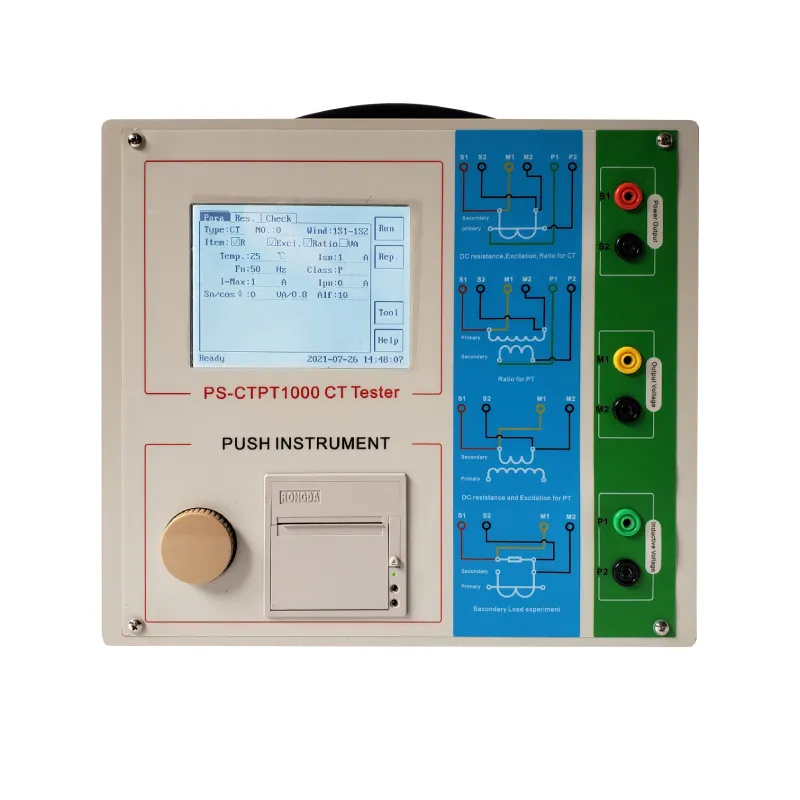 English
English


Analyzing Used Engine Oil to Determine Quality and Identify Potential Issues for Improved Vehicle Performance
Understanding Used Engine Oil Analysis A Key to Vehicle Health
Used engine oil analysis (UEOA) is an essential practice for vehicle maintenance and performance optimization. While many car owners may overlook the importance of analyzing used oil, it serves as a critical diagnostic tool that provides insights into the overall health of an engine. By examining the chemical and physical properties of used oil, mechanics and automotive enthusiasts can detect potential issues, monitor engine wear, and enhance the longevity of their vehicles.
The Process of Used Oil Analysis
The process of used oil analysis involves collecting a sample of oil from an engine after it has been in operation for a specified period. This sample is then sent to a specialized laboratory where it is subjected to various tests. These tests typically measure key parameters such as viscosity, pH, and the presence of contaminants. Additionally, the lab may perform spectrometric analysis to identify metal particles and other wear indicators, which can reveal the condition of engine components.
Key Benefits of UEOA
1. Early Detection of Problems One of the most significant advantages of used oil analysis is its ability to identify problems before they escalate. By detecting abnormal levels of wear metals, coolant, or other contaminants, vehicle owners can take corrective measures to avoid costly repairs and engine failures.
used engine oil analysis

2. Monitoring Engine Wear Over time, all engines experience wear and tear, but UEOA helps in quantifying this wear. By analyzing metal concentrations such as iron, copper, and aluminum, users can gauge the health of critical engine components like the bearings, pistons, and cylinder walls.
3. Optimizing Oil Change Intervals Many vehicle manufacturers recommend specific oil change intervals based on mileage or time. However, UEOA can validate whether these intervals are appropriate for particular driving conditions. For instance, if the analysis shows that the oil is still in good condition, an owner might extend the period before the next oil change, potentially saving time and money.
4. Enhancing Fuel Efficiency Clean, efficient oil can aid in lowering engine friction, which enhances fuel efficiency. UEOA helps to ensure that the oil being used is at its optimal performance level, which can contribute to better mileage.
5. Environmental Considerations Regularly performing used oil analysis allows for more informed decisions regarding oil disposal. Instead of changing oil prematurely, drivers can make informed adjustments, which contributes positively to environmental conservation by reducing waste.
Conclusion
Used engine oil analysis is more than just a maintenance routine; it is a proactive approach to vehicle care that pays dividends in performance and longevity. Its myriad benefits, from early problem detection to enhanced fuel efficiency, make it an invaluable tool for any vehicle owner. Whether for personal vehicles or fleet management, integrating UEOA into standard maintenance practices can lead to substantial savings and improved engine reliability. For those looking to optimize their driving experience, investing in used oil analysis is a small but impactful step toward enhanced vehicle health.
-
Differences between open cup flash point tester and closed cup flash point testerNewsOct.31,2024
-
The Reliable Load Tap ChangerNewsOct.23,2024
-
The Essential Guide to Hipot TestersNewsOct.23,2024
-
The Digital Insulation TesterNewsOct.23,2024
-
The Best Earth Loop Impedance Tester for SaleNewsOct.23,2024
-
Tan Delta Tester--The Essential Tool for Electrical Insulation TestingNewsOct.23,2024





